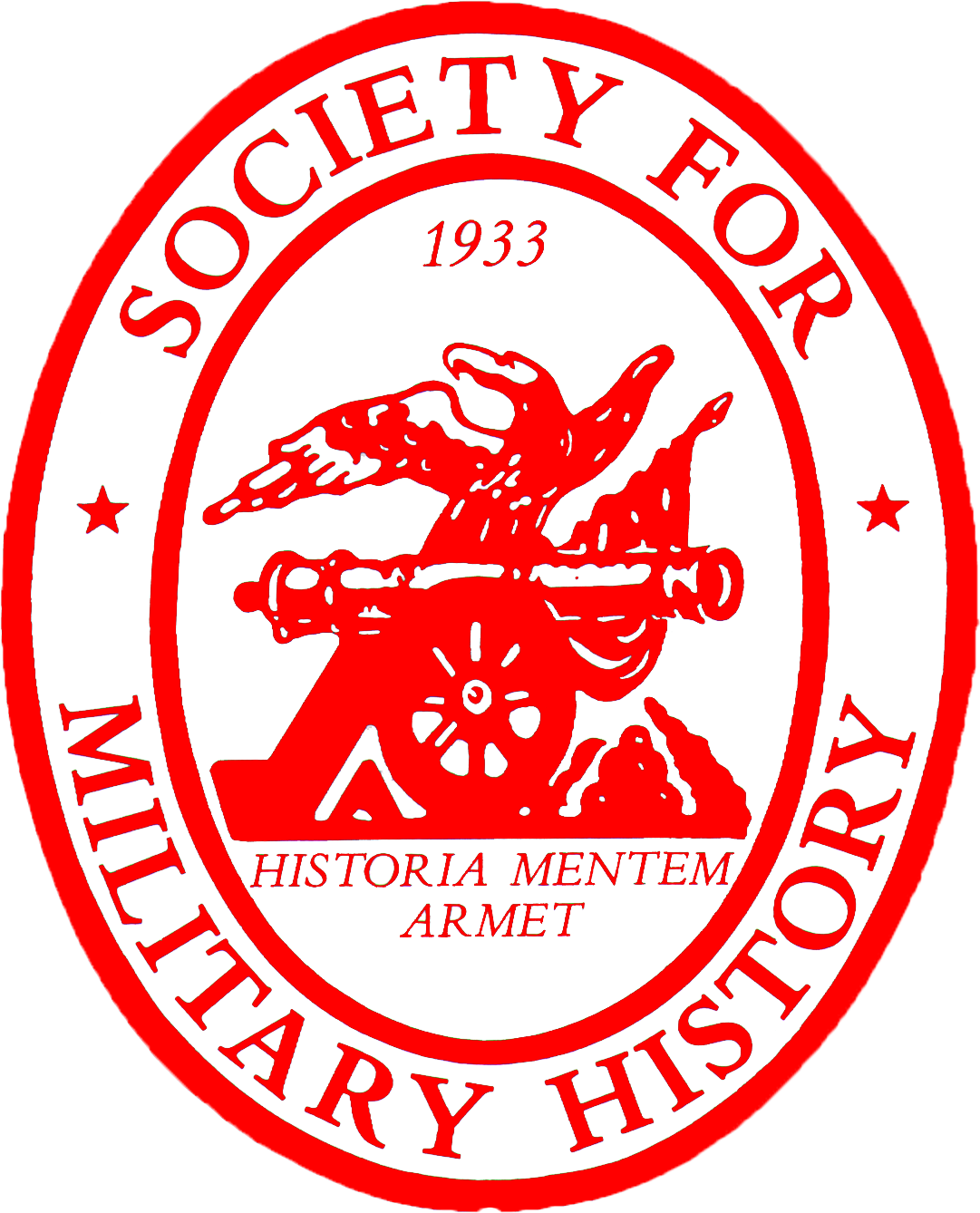
Österreiches Staatsarchiv- Kriegsarchiv in Vienna, Austria
by Patrick J Shrier
American Military University
The Austrian Kriegsarchiv houses the military records of Austria and the records of the Hapsburg dynasties from the 16th century to the present. The collection is split into five sections, personnel files, Feldakten, which includes military plans and field orders, military ministry files, navy and air force files, and collections of individual’s papers.
Prior to your visit, be certain to access the archive webpage at the Austrian State Archives Homepage. The site is available in English and includes some helpful information. Perhaps the most helpful function available for the researcher rests on their holdings search page. On that webpage, it is possible to see a list and short description of the vast majority of archival holdings. This is important because a viewing request should be emailed to the archives at least two weeks prior to your arrival to be certain that the material to be examined is available in the viewing room. Be certain to request a read receipt when emailing holding requests and follow up with a phone call the week before your visit to be certain your request was received. It can take from three days to a week for items to be pulled from the archives and be available to be worked on.
Many of the archive staff speak English but knowledge of German is essential to a fruitful visit. You must sign in and out of the archives building, there is a security person at the entrance who must buzz you in. On the first day at the archives researchers must register and pay a user-fee and get an ID badge that must be worn in the archives at all times. The fee is on a sliding scale depending on how long research is to be conducted at the archives. The office to pay the research fee is on the second floor. There is a locker room available in front of the reading room for storage of coats, lunchboxes, and other items not allowed in the reading room. To use the lockers costs two Euros, the coin slips into the door, and the money is returned when the locker is reopened. There is also a small break room in the archives building with vending machines and tables available for the use of researchers; it is the only place where eating and drinking are allowed inside the building.
Only laptop, pens, pencils, and paper are allowed in the reading room, no cameras. When entering the reading room check in at the reception desk and the attendant will direct you to where your requested materials are located. Each researcher gets a shelf where the boxes that were requested are kept during the visit. If the document is less than one-hundred years old it can be photocopied, older documents must be copied by the archive staff. There are paper bookmarks available to slip between pages and mark documents for reproduction and an order form to record identifying information. The archive can also scan documents into digital format, which they will mail to a forwarding address when complete. It can take up to one month for scanned documents to be completed. The cost for copies or scans depends on the size of the document. The archive will send you a bill along with the scanned or paper copies that must be remitted by international bank transfer.
There are many hotels in Vienna and it only depends upon budget as to which hotel to choose. There are also several Jugendherbergen or Youth Hostels in Vienna that offer accommodation for students on a budget. The caveat for Youth Hostels is that they only accept lodgers who are under thirty years old.
The archive building is located in the middle of an industrial zone near the Danube in Vienna at Nottendorfer Gasse 2. The phone number is +43-1-79540-109. There is free parking behind the archives building but the lot is small and if no spot is available, there are pay-to-park lots in easy walking distance of the archive. If you are confident enough to try to navigate the Vienna subway system the Erdberg U-bah station is only one block away.
(Winter 2011)
